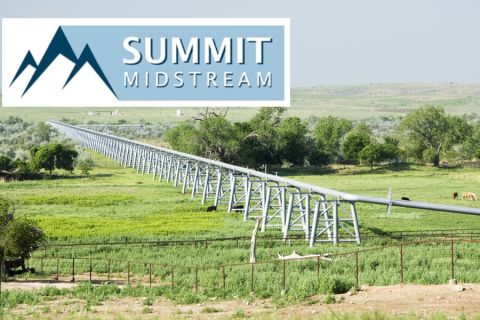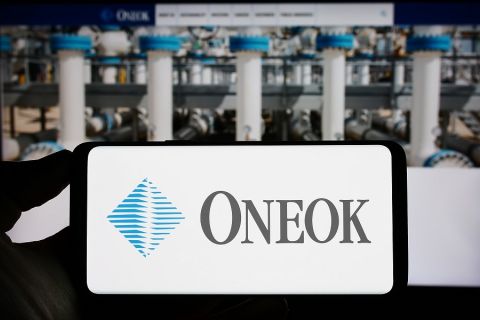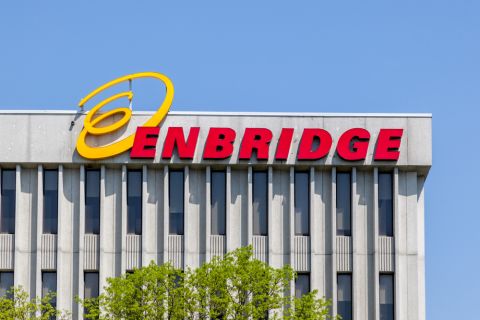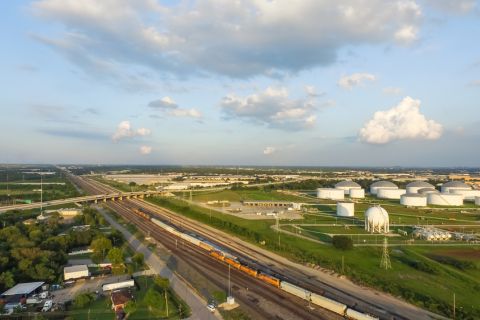Aker Solutions and a group of the world’s leading oil and gas operators have come together in a joint industry project on Nov. 15 with the aim of making subsea gas separation a reality.
Using CO2 injection to increase recovery rates in offshore oil and gas fields can improve the economics of a field significantly, but so far, the separation of ‘back-produced’ CO2 from the well-stream has been considered carried out on an existing platform, adding cost and making the concept economically unattractive.
Now Aker Solutions together with energy companies Total, Pertamina, Equinor and industry group the CO2 Capture Project (CCP), have initiated a Joint Industry Project (JIP) to identify required membrane qualities for a subsea gas and CO2 separation process, to minimize pretreatment needs and avoid large processing modules.
Flooding an oil field with CO2 increases recovery rates, and extends the life of an offshore field. Aker Solutions has developed new concepts for subsea processing of well streams from CO2-flooded oil fields, in which CO2-rich gas is separated, compressed and reinjected back into the reservoir. The hydrocarbon-enriched gas can then be routed to the topside production facility.
Subsea gas separation has the potential to make CO2-rich gas fields commercially viable.
Testing Membranes
A prerequisite for the concept to be technically and economically attractive is that the gas separation is done with robust membranes that reduce pretreatment requirements and remove the need for large processing plants.
Also, the qualified operating range for relevant membrane materials does not match the optimal operating conditions for gas separation on the seabed. Hence, testing must be done in order to obtain knowledge about membrane performance under these conditions.
The project will perform tests of different membrane qualities under relevant conditions related to pressure, temperature, gas composition and rates. The tests will be carried out by the SINTEF research institute in Norway. The project also includes technical and economic engineering studies to assess the technology concept based on the test results.
The project aims to:
- Qualify membrane qualities that are suitable for bulk separation of CO2 in a typical subsea process
- Confirm technical and economic use of subsea processing as a favorable concept for the realization of offshore CO2 EOR in combination with reinjection and storage of CO2
Aker Solutions delivered the first subsea gas compression system to Equinor for the Åsgard field offshore Norway. The system has been in operation with no unplanned downtime since it was installed in 2015. The subsea gas separation technology in combination with the subsea gas compression technology could make offshore handling of CO2 for EOR technically and economically attractive.
*Current CCP members are BP, Chevron and Petrobras.
Recommended Reading
Kinder Morgan Sees Need for Another Permian NatGas Pipeline
2024-04-18 - Negative prices, tight capacity and upcoming demand are driving natural gas leaders at Kinder Morgan to think about more takeaway capacity.
Summit Midstream Launches Double E Pipeline Open Season
2024-04-02 - The Double E pipeline is set to deliver gas to the Waha Hub before the Matterhorn Express pipeline provides sorely needed takeaway capacity, an analyst said.
FERC Approves ONEOK Pipeline Segment Connecting Permian to Mexico
2024-02-16 - ONEOK’s Saguaro Connector Pipeline will transport U.S. gas to Mexico Pacific’s Saguaro LNG project.
Enbridge Announces $500MM Investment in Gulf Coast Facilities
2024-03-06 - Enbridge’s 2024 budget will go primarily towards crude export and storage, advancing plans that see continued growth in power generated by natural gas.
Midstream Operators See Strong NGL Performance in Q4
2024-02-20 - Export demand drives a record fourth quarter as companies including Enterprise Products Partners, MPLX and Williams look to expand in the NGL market.





